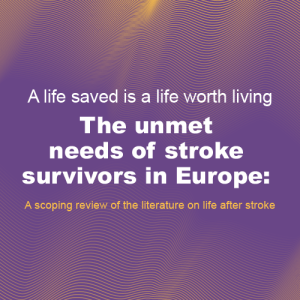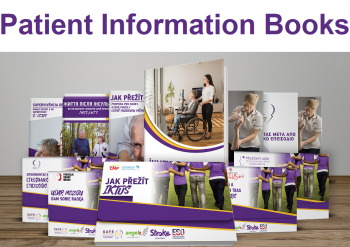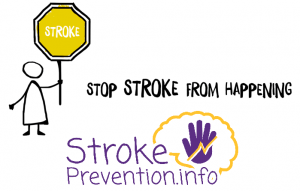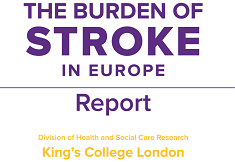
Jan 7, 2020
First published on ScienceDaily.com
A team of New Jersey stroke researchers has linked recovery of reading and language competence with cerebral blood flow in the left reading network. Their findings may contribute to new approaches to identifying and treating reading deficits after stroke. The open access article, “Cerebral perfusion of the left reading network predicts recovery of reading in subacute to chronic stroke” was epublished on August 26, 2019 in Human Brain Mapping. The authors are Olga Boukrina, PhD, and A.M. Barrett, MD, of Kessler Foundation, and William Graves, PhD, of Rutgers, the State University of New Jersey.
Despite the fundamental role of reading ability in everyday living, little research has been conducted on patterns of reading recovery after stroke, or the development of interventions to improve reading outcomes. In this study of left-brain stroke, a team of New Jersey scientists examined patterns of cerebral perfusion bilaterally, including left and right networks of brain areas important for healthy reading, the area surrounding the stroke lesion, and the corresponding contralateral area.
They enrolled 31 participants during inpatient rehabilitation, within 5 weeks of left-sided stroke. All underwent functional magnetic resonance imaging, psychometric testing, neurological examination and tests for phonological, orthographic and semantic impairments. Fifteen participants had follow-up studies at 3 months post stroke. Analysis of data from the subacute and chronic phases showed that recovery of reading and language competence correlated with increases in cerebral blood flow in the left reading network.
You can read the full article here.
Image: Pixabay.com

Jan 6, 2020
Source: European Journal of Arrhythmia & Electrophysiology. 2019;5(2):77–81
Authors: Kamal Kishor , Devendra Bisht , Sanjay Kalra
Abstract
Atrial fibrillation (AF) is one of the major causes of stroke, heart failure, sudden death and cardiovascular morbidity in the world. Management of AF, its risk factors and complications demands huge cost. The frequent hospitalisations, haemodynamic abnormalities, and thromboembolic events related to AF put a huge emotional and monetary burden on patients, so preventive strategies will be a cost-effective means of reducing this burden. Primordial prevention (i.e., intervention prior to onset of disease risk factors) should be implemented by the government, along with the food industry, to educate the public regarding the importance of a healthy diet and adherence to it. Primary prevention should focus on halting the onset of AF in targeted populations who carry risk factors for development of AF. The strategy at the secondary-prevention level includes optimal control of rate or rhythm either by anti-arrhythmic drugs or catheter ablation. Every effort should be made to reduce the incidence of ischaemic stroke by using optimal oral anticoagulation, devices or surgical closure of left atrial appendage. Tertiary level prevention should focus on the management of complications incurred as a result of AF, such as ischaemic stroke, heart failure or asymptomatic left ventricular dysfunction. Since management of AF demands a huge economic burden and the line between thrombotic complications and bleeding complications is a thin one; over-diagnosis and overtreatment of AF should be avoided. The ultimate aim of quinary prevention is to sensitise the physician to follow evidence-based medicine and to get rid of populated myth. This current review summarises a stepwise preventive strategy for AF from the primordial level to the quinary level.
You can read the full article in the latest exciting issue of European Journal of Arrhythmia & Electrophysiology – Volume 5 Issue 2 by clicking here.
Image: Pixabay.com
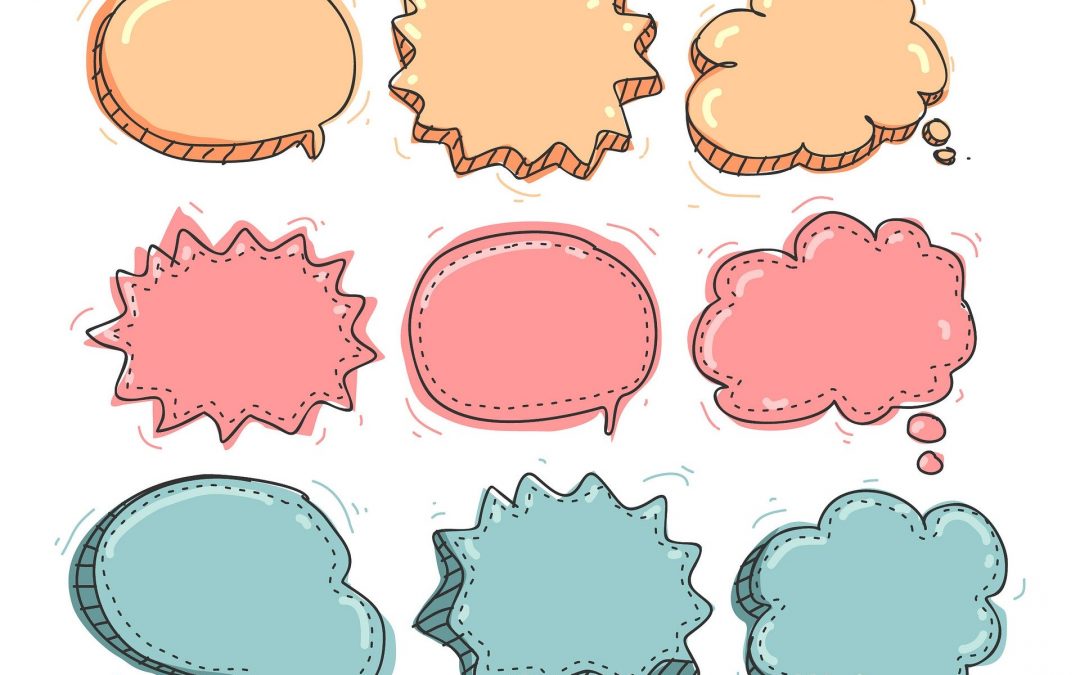
Dec 31, 2019
First published on ScienceDaily.com
In an article in Brain, researchers at the Medical University of South Carolina (MUSC) and elsewhere report which brain regions must be intact in stroke survivors with aphasia if they are to perform well in a speech entrainment session, successfully following along with another speaker.
Aphasia is the inability to speak, write or understand spoken or written language. One of the main causes of aphasia is stroke, the third leading cause of death in the U.S. About one in three stroke survivors develops aphasia.
Patients with non-fluent aphasia speak in short, halting, telegraphic sentences and have trouble forming their words. However, they often understand language relatively well.
“Speech entrainment is asking the person to repeat in real time what they hear and see, or in other words to copy the speech of another speaker,” said Leonardo Bonilha, M.D., Ph.D., who led the study. Bonilha is the SmartState® Endowed Chair for Brain Imaging and an associate professor in the Department of Neurology at MUSC.
Bonilha and Janina Wilmskoelter, Ph.D., a postdoctoral fellow at MUSC, collaborated closely with Julius Fridriksson, Ph.D., professor in the Arnold School of Public Health at the University of South Carolina and director of the Center for the Study of Aphasia Recovery (C-STAR). Other team members include C-STAR collaborators from Johns Hopkins University and the University of California, Irvine.
Speech therapy can be effective in helping stroke survivors communicate better, but non-fluency is one of the hardest symptoms to treat. Speech entrainment is an experimental approach for non-fluent aphasia in which stroke survivors practice speech production in real time by following along with another speaker.
However, not all patients with non-fluent aphasia can follow along with another speaker, suggesting that they might not benefit from speech entrainment therapy should it one day be approved for use in the clinic. Before this study, researchers did not know why some stroke survivors could follow along with another speaker and others could not.
The multi-institutional team of aphasia researchers studied which brain structures were associated with successful speech entrainment. They found that the left lateral temporal cortex needs to be intact for a stroke survivor to successfully follow along with another speaker.
“Our finding helps us understand better what are the neural mechanisms associated with the ability to have one’s speech entrained,” said Bonilha.
Read the full article here.
Image: Pixabay
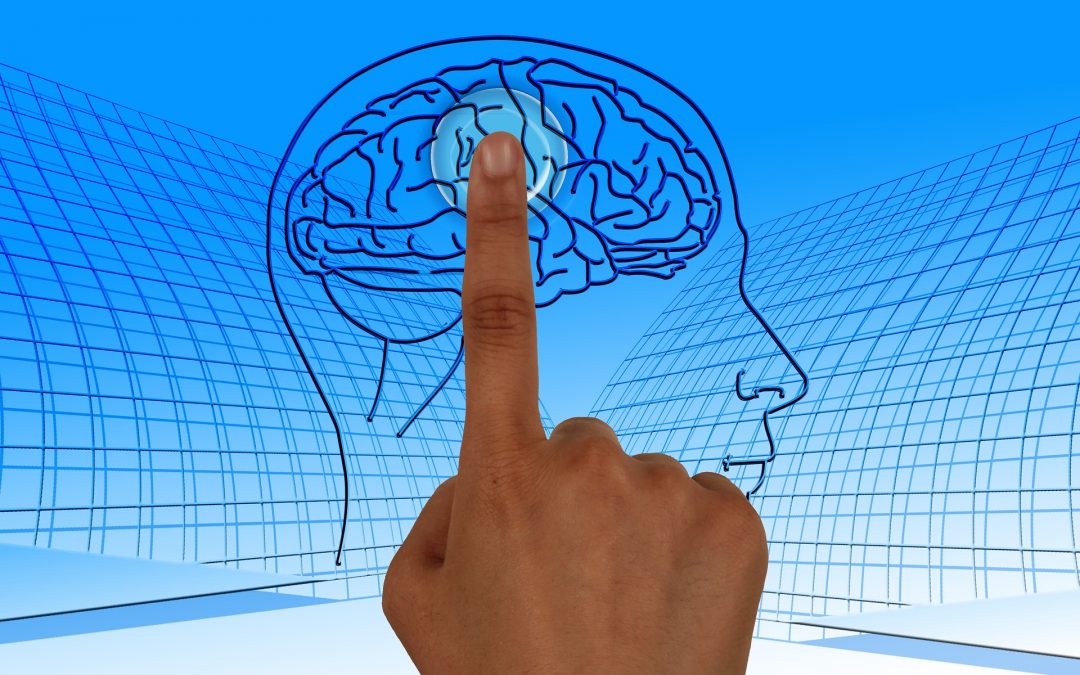
Dec 28, 2019
First published on ScienceDaily.com
An advanced Magnetic Resonance Imaging (MRI) brain scan analysis in patients with stroke-related, small vessel disease helped predict problems with thinking, memory and even dementia, according to new research published in Stroke, a journal of the American Stroke Association, a division of the American Heart Association.
When a stroke or other disease damages tiny blood vessels in the brain, the condition is known as small vessel disease. This condition is the most common cause of thinking problems (planning, organizing information and processing speed) and can even lead to dementia. Although early treatment could help patients at risk, no effective test is available to identify them.
This study evaluated the accuracy of a new MRI analysis technique using diffusion tensor imaging (DTI), in predicting thinking problems and dementia related to small vessel disease. A single scan measured the brain in fine detail to reveal damaged areas. By comparing these images to a healthy person’s, researchers were able to classify the brain into areas of healthy versus damaged tissue.
Results showed that participants with the most brain damage were much more likely to develop thinking problems. The analysis also helped predict three-fourths of the dementia cases that occurred during the study.
“We have developed a useful tool for monitoring patients at risk of developing dementia and could target those who need early treatment,” said senior author Rebecca A. Charlton, Ph.D., department of psychology at Goldsmiths, University of London, in the United Kingdom.
The study included 99 patients with small vessel disease caused by ischemic stroke, a type of stroke that blocks the blood vessels deep within the brain. Slightly more than one-third were female, average age 68, and most were Caucasian. All participants were enrolled in the St George’s Cognition and Neuroimaging in Stroke (SCANS) study from 2007 to 2015 in London.
Participants received the MRI scans annually for three years and thinking tests annually for five years. Eighteen participants developed dementia during the study, with an average time to onset of approximately three years and four months.
You can read the full article here.
Image: Pixabay
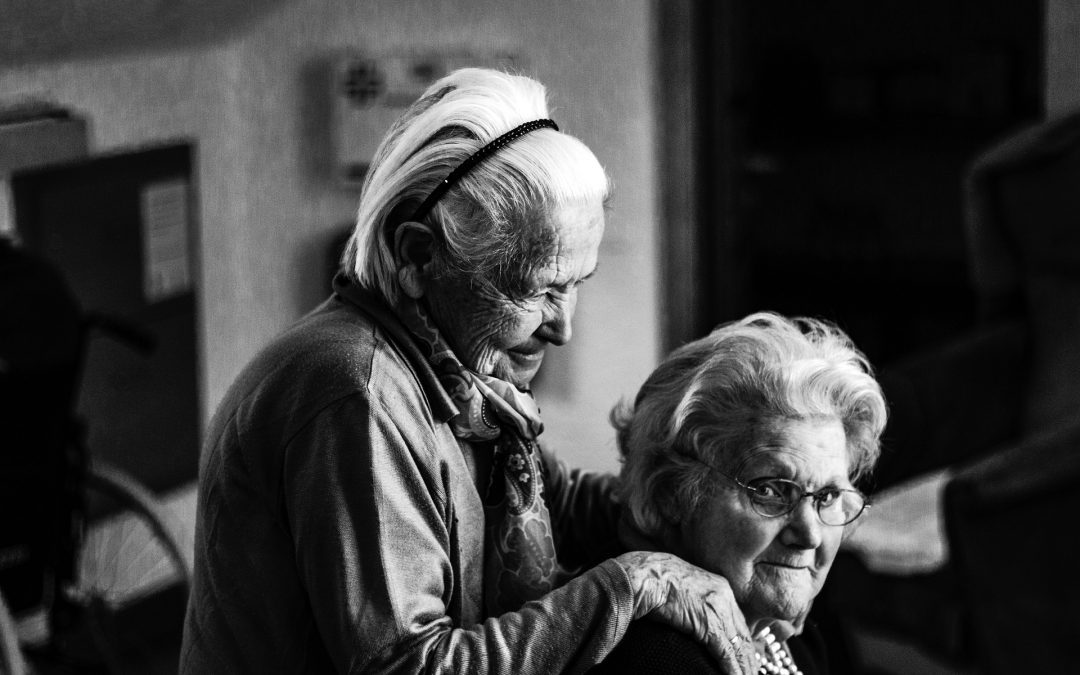
Dec 26, 2019
First published on ScienceDaily.com
Women are more likely to survive a stroke, but have worse disability and poorer quality of life afterwards compared to men, according to research published in the latest issue of Neurology®, the medical journal of the American Academy of Neurology.
The George Institute for Global Health researchers looked at sex differences in treatment and outcomes in 19,652 individuals who had been part of five international randomised controlled trials to identify how to improve the lives of both men and women after a stroke.
Lead author Dr Cheryl Carcel said that variations in how women were treated in hospital and whether they had been receiving appropriate treatment for their risk factors beforehand may partly explain the differences found in the study.
“While the trials we looked at did not specifically investigate treatments, we found a hint that while women who had a stroke were more likely to be admitted to an acute stroke unit, they were less likely to be intubated, treated for fever or admitted to an intensive care unit compared to men. Admission to an acute stroke unit may play a role in the increased survival seen in women.”
“There was also a hint that women were more likely to be taking blood pressure lowering medication, but less likely to have been prescribed blood thinning, glucose-lowering or lipid-lowering medication prior to their stroke than men. This is similar to other studies in cardiovascular disease but we are planning to look at this more closely in further research.”
Stroke is one of Australia’s biggest killers and a leading cause of disability, with more than 56,000 new and recurrent strokes in 2017. As many as 65 percent of stroke survivors suffer a disability, leading to a need for assistance with daily living activities. Most strokes are ischaemic strokes, occurring due to sudden blockage of a blood vessel in the brain.
“While we know women tend to be older when they have a stroke and are more likely to have key risk factors such as high blood pressure and irregular heart rhythms than men, whether they are treated differently and how that affects their longer term outlook was less certain,” added Dr Carcel.
“It is clear that women and men require different types of support after stroke but physicians may also need to pay more attention to risk factor control in women.”
Dr Carcel added that sex diferences in disease risk, management, and outcome are an increasing focus of research and health services delivery, and the study confirmed stroke is an area that needs to be considered in this context.
“In the trials we considered for our analysis, there was an under-representation of women — just 37 percent women in one trial and 42 percent in another.”
Read the full article here.
Image: Pixabay
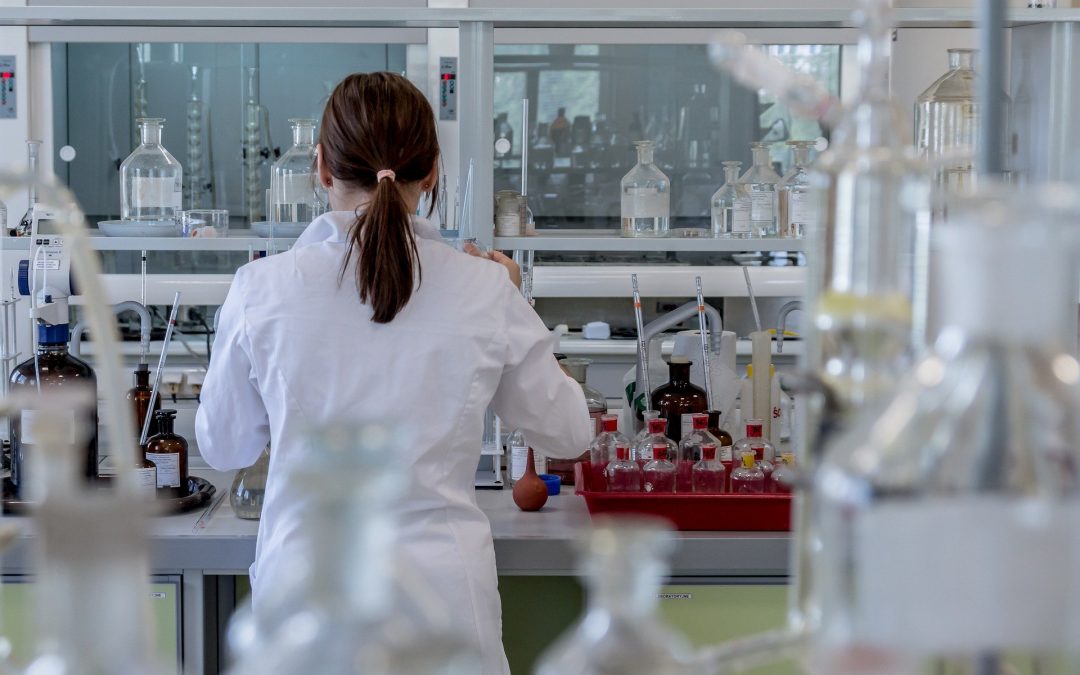
Dec 24, 2019
First published on ScienceDaily.com
A new gene therapy turns glial cells — abundant support cells in the brain — into neurons, repairing damage that results from stroke and significantly improving motor function in mice. A paper describing the new therapy, which uses the NeuroD1 gene, appears online in the journal Molecular Therapy. Once further developed, this NeuroD1-based gene therapy could potentially be used to treat stroke, which is a leading cause of disability in the U.S., with 800,000 new stroke patients every year.
“The current treatment for stroke has a narrow time window, typically within a few hours after the occurrence of stroke,” said lead author Yuchen Chen, a postdoctoral fellow at Penn State. “Many patients cannot receive the treatment in time and as a result, often suffer from permanent disability caused by irreversible neuronal loss. There is an urgent need to develop a new therapy to regenerate new neurons and restore lost brain functions among stroke patients.”
The human brain has approximately 86 billion neurons. While mini-strokes can be tolerated, moderate stroke involving the loss of billions of neurons leaves detrimental effects that do not spontaneously recover.
“So, the critical question that is still unanswered in the neuroregeneration field is how can we regenerate billions of new neurons in a patient’s brain after stroke?” said Gong Chen, professor of biology and Verne M. Willaman Chair in Life Sciences at Penn State and leader of the research team. “The biggest obstacle for brain repair is that neurons cannot regenerate themselves. Many clinical trials for stroke have failed over the past several decades, largely because none of them can regenerate enough new neurons to replenish the lost neurons.”
Gong Chen and his team pioneered a new approach to regenerate functional neurons using glial cells, a group of cells surrounding every single neuron in the brain that provide essential support to neurons. Unlike neurons, glial cells can divide and regenerate themselves, especially after brain injury.
“I believe that turning glial cells that are already present in the brain into new neurons is the best way to replenish the lost neurons,” said Gong Chen. “These glial cells are the neighbors of the dead neurons in the brain and are likely to share the same ancestral cellular lineage.”
Gong Chen’s team previously reported that a single genetic neural factor, NeuroD1, could directly convert glial cells into functional neurons inside mouse brains with Alzheimer’s disease, but the total number of neurons generated was limited. The research team believed that this limited regeneration was due to the retroviral system used to deliver NeuroD1 to the brain. In the current study, the research team used the AAV viral system, which is now the first choice for gene therapy in the nervous system, to deliver NeuroD1 into mouse motor cortex that had suffered from stroke.
Read the full article here.
Image: Pixabay







